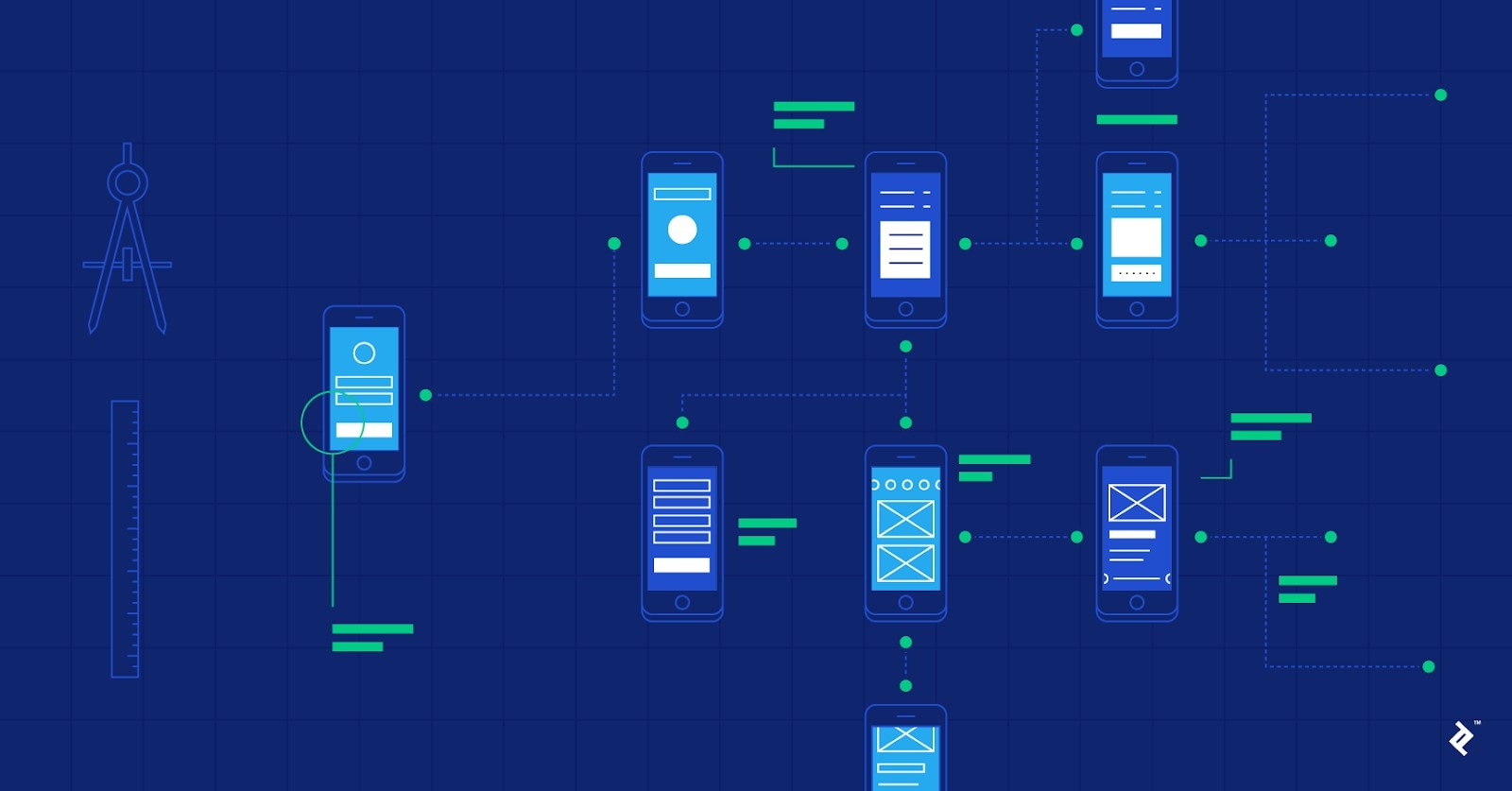Information Architecture in UX Discipline

Have you ever solved a puzzle? If so, then the most important part of solving it is to understand which part goes against it. Likewise, information architecture is an integral part of the complete process of website and application development.
The process also involves gathering the information from the customers in the organized manner to make the system's functioning smoother. In simpler terms, when everything is working in order, then it automatically becomes invisible and effective.
What is Information Architecture? - A Brief Introduction.
The information architecture definition focuses on the aspects of designing, organizing, structuring, and labelling content effectively and efficiently. It acts as the blueprint that helps identify and define all the particulars and create a structure that acts as the base for developing the system.
The IA UX design offers the wireframes, and layouts and flow diagrams to map out content and the surrounding experience. The information architecture UX design includes blog posts, landing pages, case studies, white pages, infographics, and various others.
The key principles that need to be followed for information architecture design are:
- Principle of objects
It is based on the idea of treating the content as live and ever-changing. The attributes and behaviour of the content change with the changing level of expectations.
- Principle of choices
The best information architecture example is one that includes the minimum number of objects and keeps the choices least to create a simple architecture.
- Principle of disclosure
This principle of UX information architecture describes the details. It offers the users information about what likely will be the details obtained when the application is used deeper.
- Principle of exemplars
To enhance the user experience information architecture, the best way is to incorporate the examples. By doing so, one can easily connect with the user and easily understand the content category.
- Principle of front doors
Not all the users start from the homepage, while some might directly land on the blog or content page required. It is important to offer the front door access or connectivity to the home page for better UX architects.
- Principle of multiple classifications
The user experience architecture is enhanced when the content is properly arranged and offers various categories and classifications. This will offer better searching of the content.
- Principle of focused navigation
Navigation is the key to manage the connectivity on the online platform. Offering simple yet friendly navigation that can be easily remembered and used by the user is one of the key principles.
- Principle of growth
This principle of UX information architecture states that the website will grow as the business expands. It means that there should be scope for scaling the opportunity and expanding the reach by using the same architecture under consideration.
Based on applying the principles of information architecture, there are various benefits that the business can gain from the same. The main benefits that one can gain from the use are:
- It helps in reducing the overall marketing costs.
- It helps in better applying the reputation and the SEO ranking for optimization.
- It guides us to go beyond the wireframes and reach the full positive customer experience.
- It helps to smoothly define the goals and aims for better attainment.
- The visual hierarchy is one of the most important elements, so the architecture helps to correctly achieve the visual features as well.
An Example of every day Information Architecture.
The information architecture UX design is all around us and used in various fields in daily life. Some effective information architecture examples that one can see are listed below:
- Site mapping offers the leverage of how the various pages of the sites are connected to each other. It also helps to understand the page hierarchy.
- Mapping, mitigating, and properly controlling the content inventory and audit can be achieved with the help of the sitemap and information architecture.
- One can easily explain the visual understanding of the application and the use of the visual aspects with the same help.
- The information hierarchy created with the architecture's help offers a simple flowchart for the user to access and understand the flow of the content or information.
- Understanding the ultimate audience and aligning the content as per their requirement can be easily gained when the user experience information architecture is adopted.
The information architecture design is based on the context, content, and users, which integrated show how the IA is related to user experience (UX) design.

Common Uses for Information Architecture.
The main aim of the information architecture design is to create the best possible foundation to create a website, application, library or shop, that fulfils the user experience and enhances the overall usability. When the information architecture definition is clear and to the point, it helps the developer understand the surroundings more effectively and efficiently.
The overall steps followed while defining the information architecture are quite simple and straightforward. The same be understood t=with the help of the process flow steps as below:
- Define the complete goals
The first goal is to define the reason for developing the application or the website. It is from the company's point of view, and it is important to understand the basic framework of the same.
- Understand the user goals
Once the company goals are set, it is important to define the user goal. It will involve the user expectations and perception that will help to identify the look and flow of the application or website.
- Analyze the competition prevailing
Sometimes, there might be a similar nature technology working in the market space. This is where one needs to analyze the competitors' features to over-power them and succeed in the competition.
- Define and create the content
Once ready with the foundation, it is time to create the content and write down the full inventory for the future course of action. It will help to focus on accuracy, adaptability, and overall efficiency.
- Implement, analyze, and adapt
This is the last stage that deals with the feedback and improvements necessary to stay at the top and improve the customer base over time.
Based on the process flow, some of the basic uses of the information architecture are:
- To reduce the risk of failure
- To clearly define the ultimate goals and aims
- To explain the user expectations and meet user experience
- To improve the overall effectiveness and efficiency
- To lay the draft for developing application or websites
- To make the navigation and content easier and accessible
The relationships between Information Architecture and UX.
The information architecture is designed to explain the users' expectations and create an easy flow that will help people understand and use the content easily. One can explain the relationship between Information Architecture and UX with the points below:
- To keep the content organized and fulfil the expectations of the users.
- To make the flow simpler and enhance the UX
- To develop a better understanding among the users and create digital products seamless and user-friendly.
- Creating a base of happy and satisfied customers can help the business expand and bring in value.
Conclusion
While there can be a lot of confusion and crossover while setting the user experience information architecture, it is important to keep things simple and straightforward. The architecture can be designed in the simplest form based on the data requirement and the visual and content needs.
Undoubtedly, Information architecture is the perfect discipline of deciding and defining how to arrange the parts of an application or website or any other thing to be understandable and relatable.

